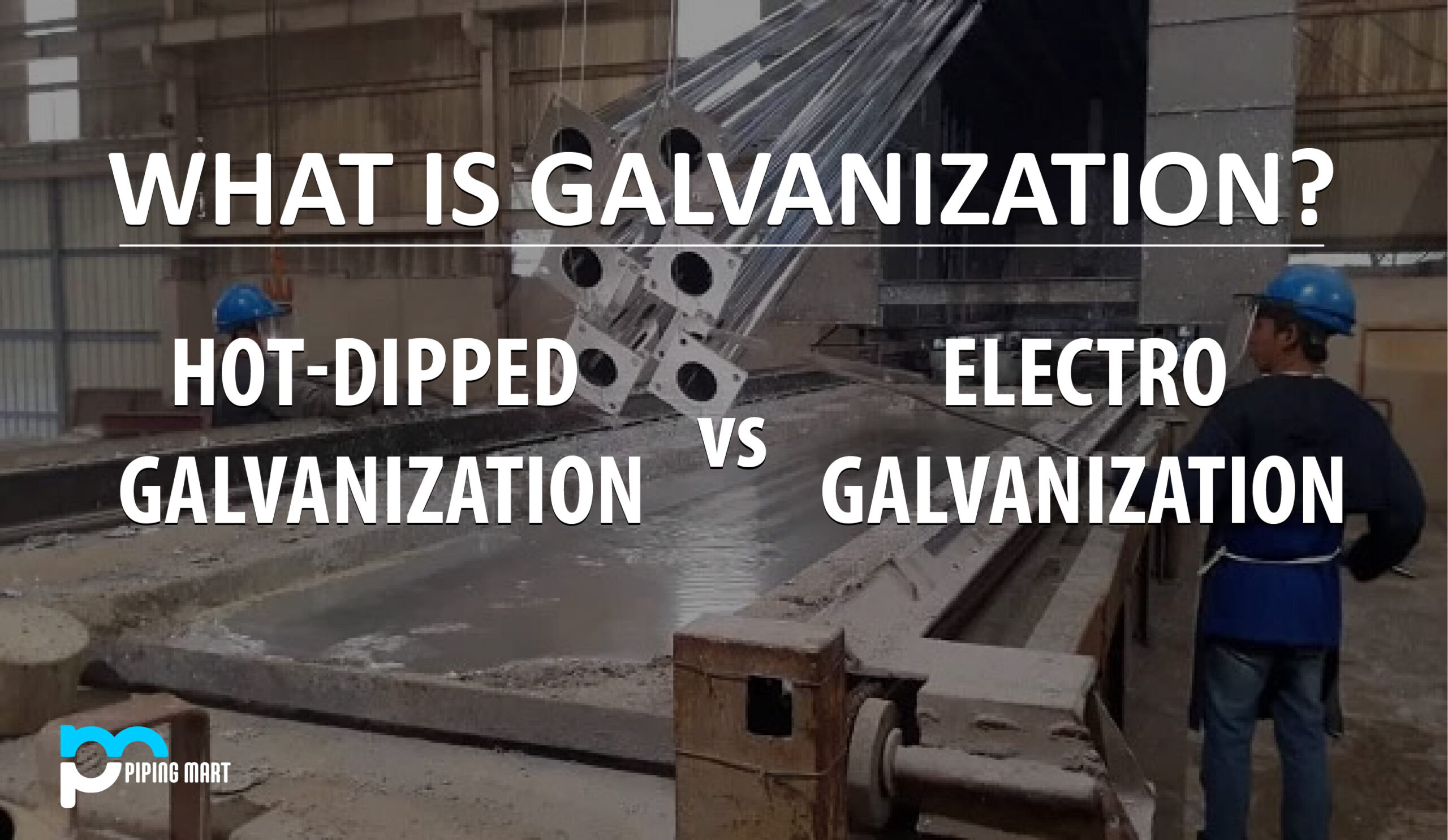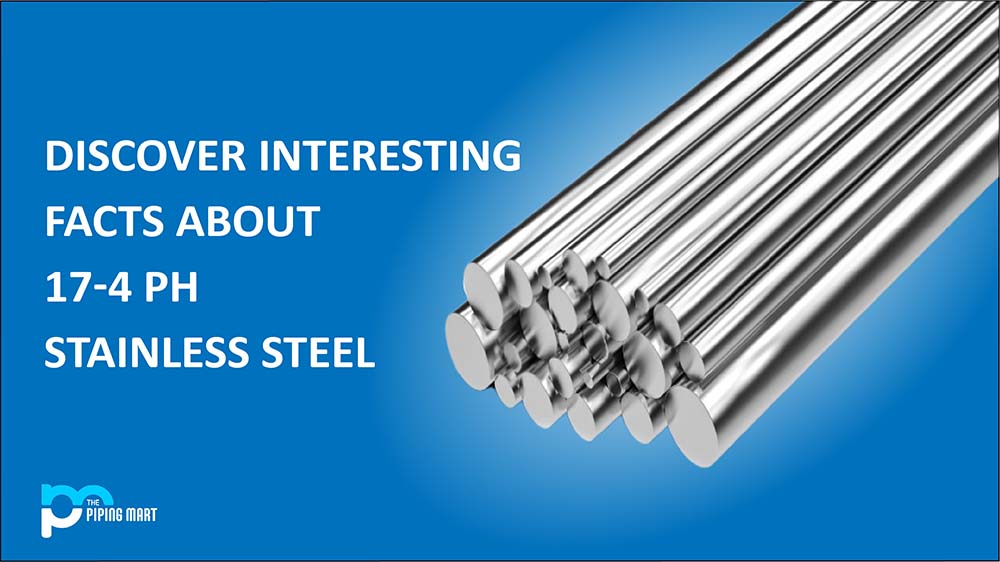A double trunnion ball valve is a type of valve that can be used in various applications, from oil and gas to food processing. It is designed to provide accurate control over media flow through a pipeline while also providing superior sealing capabilities. This makes it an ideal choice for many industries, as it helps ensure safe and efficient operation even when dealing with high-pressure applications. In this article, we will discuss double trunnion ball valves, how they work, and what benefits they offer.
What is Double Trunnion Ball Valve?
A double trunnion ball valve consists of two halves connected by two metal trunnions on each side. Each half has a hollow spherical body with an opening in the center that allows fluid or gas to pass through. The two halves are held together by bolts or screws and sealed by O-rings or other seals. The primary purpose of the double trunnion design is to provide better stability during operation since the two halves can move independently from each other.
Double Trunnion Ball Valve Uses
Double trunnion ball valves are often used in high-pressure applications such as oil and gas pipelines. They provide superior sealing capabilities compared to standard ball valves due to their unique design, which ensures that the entire surface area of the valve is properly shut when closed. This makes them ideal for applications where the leakage is unacceptable or could lead to dangerous consequences such as explosions or fires. They can also be used in various industrial processes such as food processing, chemical manufacturing, water treatment plants, etc.
How Does a Double Trunnion Ball Valve Work?
Double trunnion ball valves operate in much the same way as any other type of ball valve—by controlling the flow of media through the pipeline using an internal rotating sphere that opens and closes off access ports within the valve body. When pressure is applied from one side of the valve body (such as from a pump), the sphere rotates slightly until it reaches its fully open position allowing maximum flow through both ends at once. By controlling how far it rotates back into its closed position, you can accurately regulate how much media passes through at any given time without worrying about leakage due to inadequate seals or gaskets on either side of the valve body.
Conclusion:
Double trunnion ball valves offer numerous advantages over traditional single-trunnion designs thanks to their superior strength and sealing capabilities, making them perfect for high-pressure applications such as oil and gas pipelines where precision control over fluid flow rates is essential for safe operations. Beyond these industries, though, they are also widely used in food processing, chemical manufacturing plants and various other industrial processes due to their ability to reliably regulate media flow without risking leakage or contamination issues which could lead to dangerous consequences down the line if left unchecked. Whether you’re looking for reliable performance in high-pressure scenarios or need accuracy when regulating your process fluids – consider investing in quality double trunnion ball valves today!

A passionate metal industry expert and blogger. With over 5 years of experience in the field, Palak brings a wealth of knowledge and insight to her writing. Whether discussing the latest trends in the metal industry or sharing tips, she is dedicated to helping others succeed in the metal industry.




